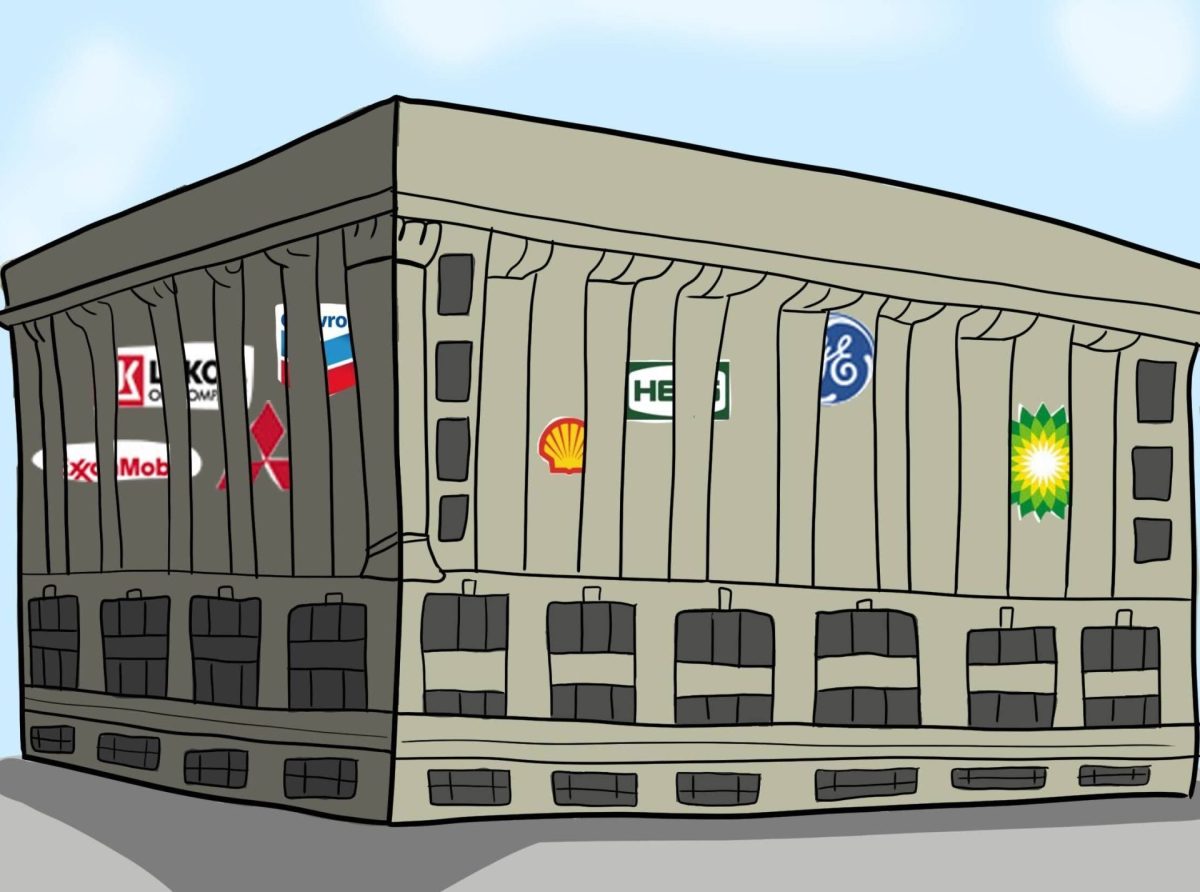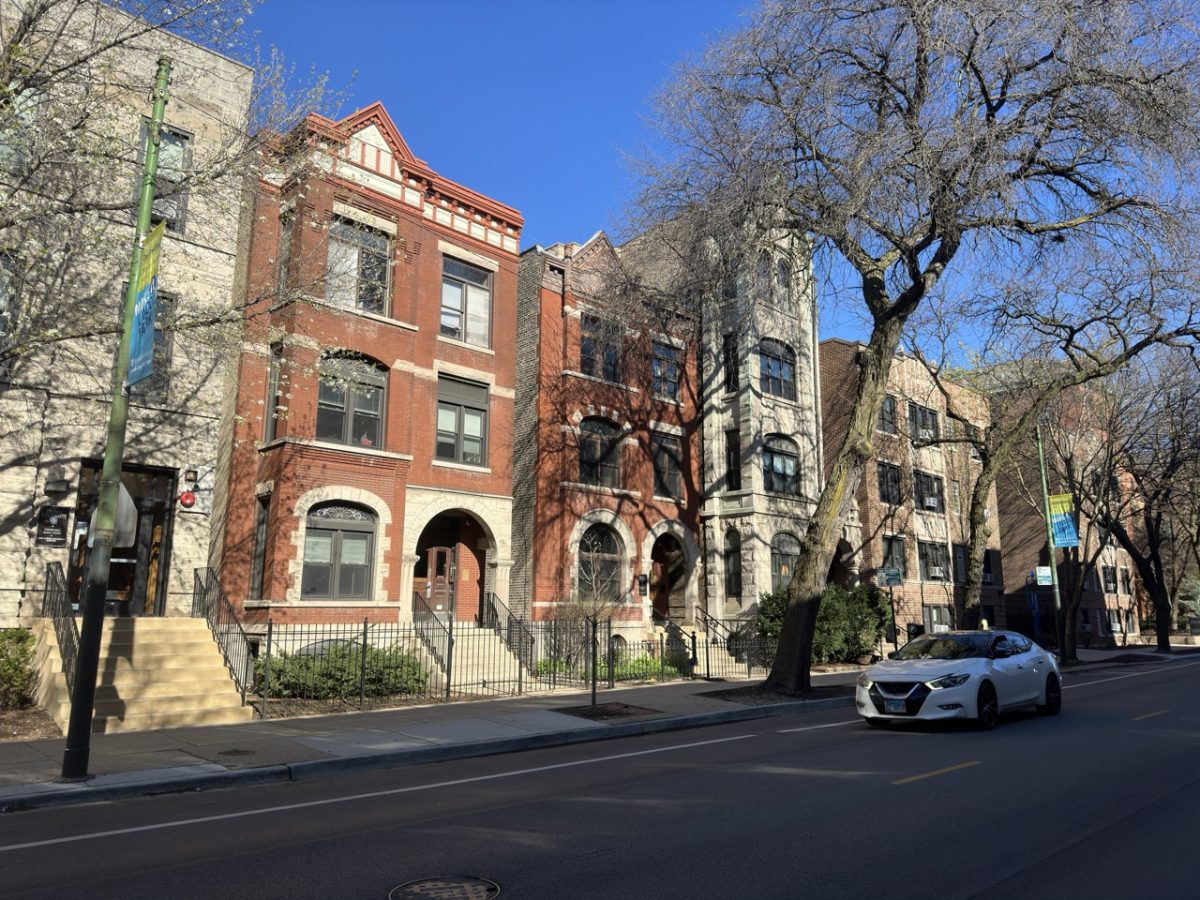Exxon Mobile’s Pegasus pipeline ruptured Friday, March 29, spilling thousands of gallons of oil into central Arkansas. The Environmental Protection Agency estimated that between 126,000 gallons and 220,500 gallons of oil were spilled before Exxon was able to shut-off the pipeline.
The rupture occurred in a residential area of Mayflower, Ark., around 25 miles north of Little Rock, causing over 20 homes to be evacuated. A few of the residents were allowed to return to the homes late last week, while others remain in interim housing, which they are assured will be compensated by Exxon.
In a video captured by residents, oil can be seen running down the street and into water drainage systems. The Arkansas Department of Health said that drinking water for the area, which is supplied by a lake about 65 miles away from the spill, had not been contaminated.
However, officials from the Arkansas water supplier are still concerned and are asking for Exxon to move the pipeline away from the water supply drainage area. Exxon’s on-scene coordinator Karen Tyrone acknowledged this request but said that the company is “in a recovery effort right now.”
While clean up efforts are still underway, many people have not heard about the spill because Exxon Mobile barred journalists from the scene and threatened arrest if anyone trespassed on the area. In order to enforce this, Exxon hired off-duty police officers as private security and area Police Chief Bob Satkowski confirmed that the hired officers were told by Exxon to wear their official police uniform.
The Federal Aviation Administration (FAA) also granted Exxon’s request for a temporary, yet indefinite, no-fly zone over the area. The restrictions are applicable to aircrafts flying at 1,000 feet or below, leading some to believe that it is specifically targeting news helicopters.
Exxon, of course, has denied these allegations, saying that at least one helicopter is being used to provide aerial support for the cleanup and the fly restrictions were put in place so that the aircraft can move around as needed.
In the notice for the flight restrictions released by the FAA, it says that only “relief aircraft operations under the direction of Tom Suhrhoff are authorized.” According to LinkedIn, Suhrhoff is Exxon’s aviation adviser.
There were citizen journalists, however, who snuck on to the area in order to capture pictures and video of the spill and how Exxon was handling it. One video, which can be found on Youtube, documents oil in the wetlands behind the residential area and claims that Exxon pumped the oil into the area. The video also shows hundreds of paper towels, or “absorbent pads” as a release from Exxon calls them, covering portions of the oil in a feeble attempt to clean up the mess.
However, the pipeline was not carrying conventional crude oil but rather diluted bitumen. Initially, bitumen is “semi-solid petroleum dense enough to sink in fresh water,” according to the American Petroleum Institute. In order for the oil to flow through pipes, it is diluted to the point that it is light enough to float on water. Once the chemicals used to dilute the bitumen evaporate, the material once again becomes denser than fresh water and will sink.
Also, because it was diluted bitumen and not conventional oil, Exxon Mobile will not have to pay for any of the cleanup. According to legislation passed in 1980, tar sands oil, which is where bitumen is derived, is not classified as oil and therefore exempt from the $.08 per barrel tax for spilled oil.







